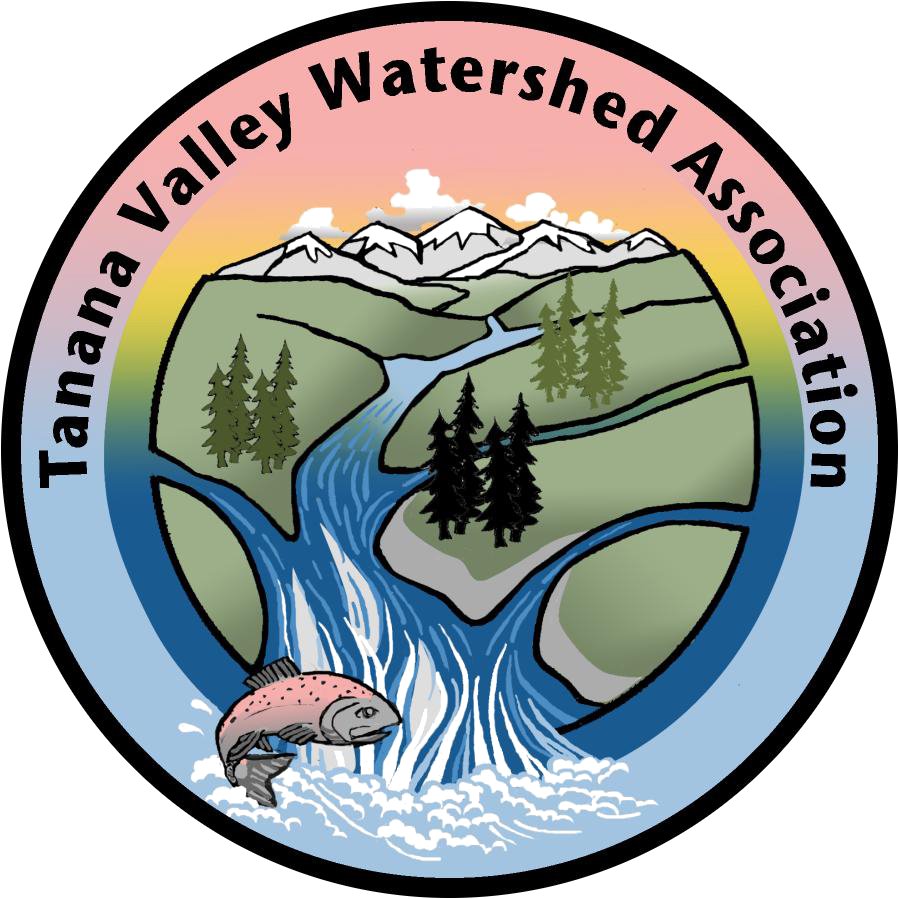What are Riparian Zones or Areas?
Riparian Zones are ecosystems located along the banks of rivers, streams, creeks, or any other water networks. Usually riparian zones are narrow strips of land that line the borders of a water source. These areas are important because they buffer the body of water and animals that live in and around it. In its natural state a riparian zone acts like a filter to keep the water and its inhabitants clean and healthy. Riparian zones are composed of a mixture of vegetation types, varying greatly from place to place. Riparian vegetation along a desert stream may be small and sparse while the vegetation along a mountain stream may be tall and lush.
Why are they important?
The riparian zone is critical to the health of every stream. It connects the upland zone (the area of the watershed that does not receive regular flooding by a stream) to the aquatic zone (the area of the stream channel covered by water, controlling the flow of water, sediment, nutrients, and organisms between the two. Without a proper functioning riparian zone, the other zones suffer. As human use of water ways increases, these areas are cut down, vegetation is often removed, and erosion becomes an issue for landowners and ecosystems alike.
How does the variety of species differ in the riparian zone?
The riparian zone generally has a greater variety of species than the other zones. It is also denser and more structurally complex (plants have a greater variety of shapes and heights). Plants such as sedges and rushes can be found in the riparian zone and are not usually present in most of the upland areas because they require a lot of water.
How do riparian plants effect rivers, streams, and other bodies of water?
Riparian vegetation provides shade, food and shelter for aquatic organisms. The riparian zone is also home to many animals that move between land and water, such as insects, amphibians and waterfowl.
Riparian vegetation reduces erosion and regulates the overland flow of water to the stream.
The riparian zone acts as a natural sponge, soaking up water as it runs off the land, and slowly releasing that water back into the stream in manageable amounts.


